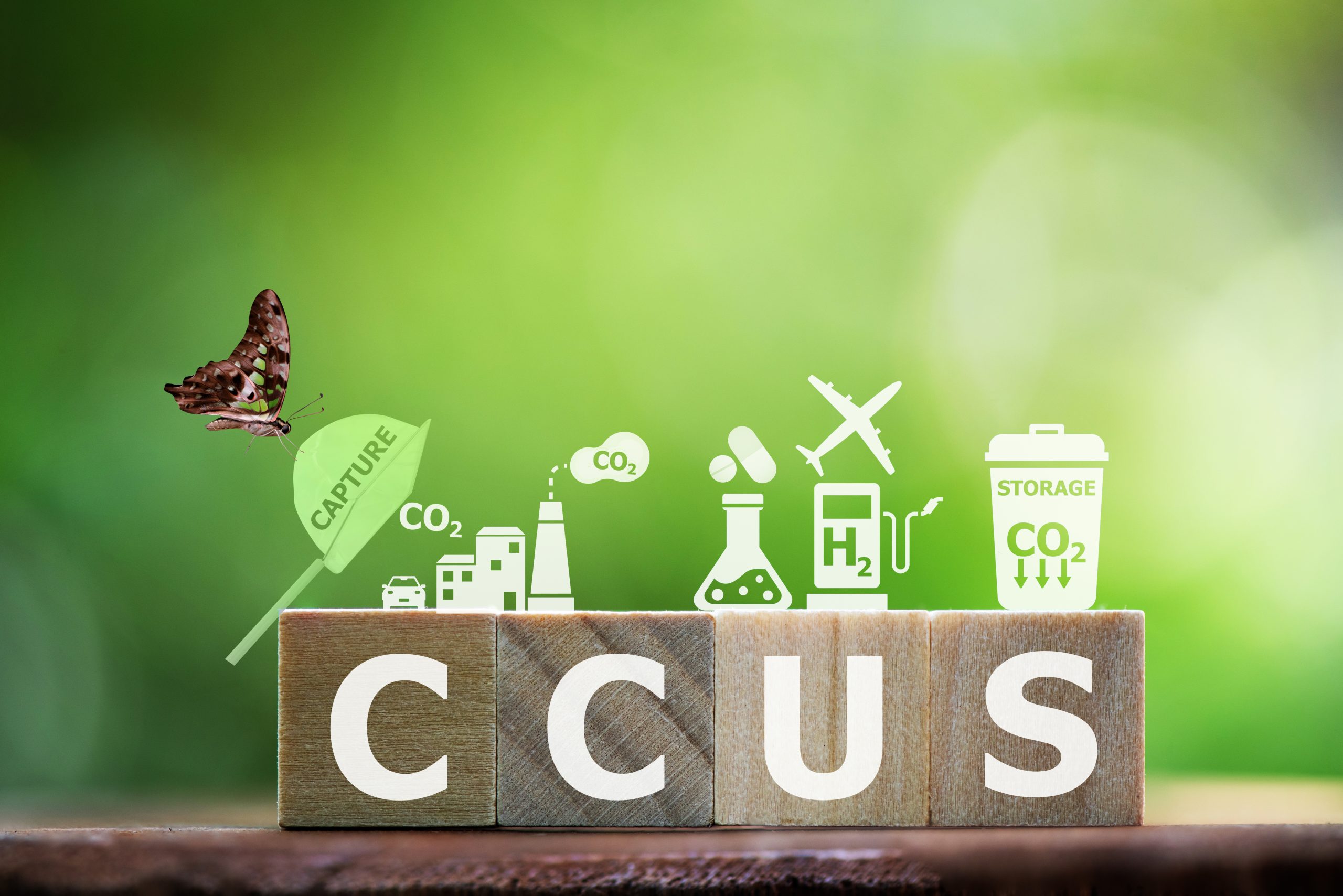Let’s talk about some cool tech that’s shaking up how we handle our planet’s health crisis. First up, Carbon Capture and Storage (CCS) – think of it like a giant vacuum cleaner for our air, sucking up CO2 before it warms up the planet. This isn’t just sci-fi; it’s happening, and it could be a game changer in tackling climate change.
Then there’s Green Hydrogen – and no, it’s not just a fancy color label. It’s all about creating clean fuel from renewable energy. Imagine powering trucks and factories without the guilt-trip of emissions. This could be the missing puzzle piece in our renewable energy picture.
Intrigued? Let’s dive deeper into these technologies and explore how they might just help us save the day (and the planet)!
Carbon Capture and Storage
Carbon Capture and Storage (CCS) is an innovative technology that’s making strides in the fight against climate change. It essentially involves a three-step process: capturing CO2 emissions from industrial processes or power generation, transporting this CO2, usually by pipeline or ship, and then storing it deep underground in geological formations like saline aquifers or depleted oil and gas reservoirs.
The technology is not just about storing carbon; there’s also a variant called Carbon Capture, Utilization, and Storage (CCUS). This method takes it a step further by finding ways to reuse the captured carbon, turning it into products like plastics, concrete, biofuel, and even household items like baking soda, bleach, and paints. This reuse aspect adds an extra layer of benefit, potentially creating new markets and applications for captured carbon.
One of the significant advantages of CCS is its ability to significantly reduce CO2 emissions, especially from large stationary sources like power plants. The technology can capture up to 90% of the CO2 emissions produced from the use of fossil fuels in electricity generation and industrial processes, preventing CO2 from entering the atmosphere.
Moreover, there’s growing interest in using CCS for ‘negative emissions’. This involves technologies like bioenergy with CCS (BECCS) and direct air capture (DAC), where CO2 is removed from the atmosphere. While DAC is still expensive and less efficient due to lower CO2 concentrations in the air compared to smokestacks, it represents a crucial area of development for future climate mitigation efforts.
It’s important to note that while CCS holds great promise, it’s not a silver bullet. It needs to be part of a broader strategy that includes reducing emissions through renewable energy and other sustainable practices.
For more in-depth information, you can explore these articles from National Grid, Britannica, and MIT Climate Portal.
Green Hydrogen
Green hydrogen, produced through electrolysis using renewable energy, is emerging as a key technology for decarbonizing various sectors. Electrolysis splits water into hydrogen and oxygen, resulting in low or zero carbon emissions. However, the field faces challenges due to non-standardized definitions of “renewable energy” and varied carbon accounting systems. These differences impact the classification and adoption rate of green hydrogen. Strategies and policies are still evolving, emphasizing the need for consistent standards to enhance the deployment and effectiveness of green hydrogen in global decarbonization efforts.
For a more comprehensive understanding, you can refer to the detailed explanation provided by the Green Hydrogen Organisation here.
The Future is Green
In summary, Carbon Capture and Storage (CCS) and Green Hydrogen are two pivotal technologies in our journey towards a more sustainable future. CCS addresses the pressing need to reduce existing carbon emissions from industrial sources, while Green Hydrogen opens a path for clean energy production and usage. Both technologies are essential in our collective efforts to combat climate change, underscoring the importance of innovation and policy development in environmental sustainability. Their successful implementation and integration could mark a turning point in global efforts to achieve a greener, more sustainable planet.






13 thoughts on “Carbon Capture and Green Hydrogen: Key Technologies for a Sustainable Future”
Comments are closed.